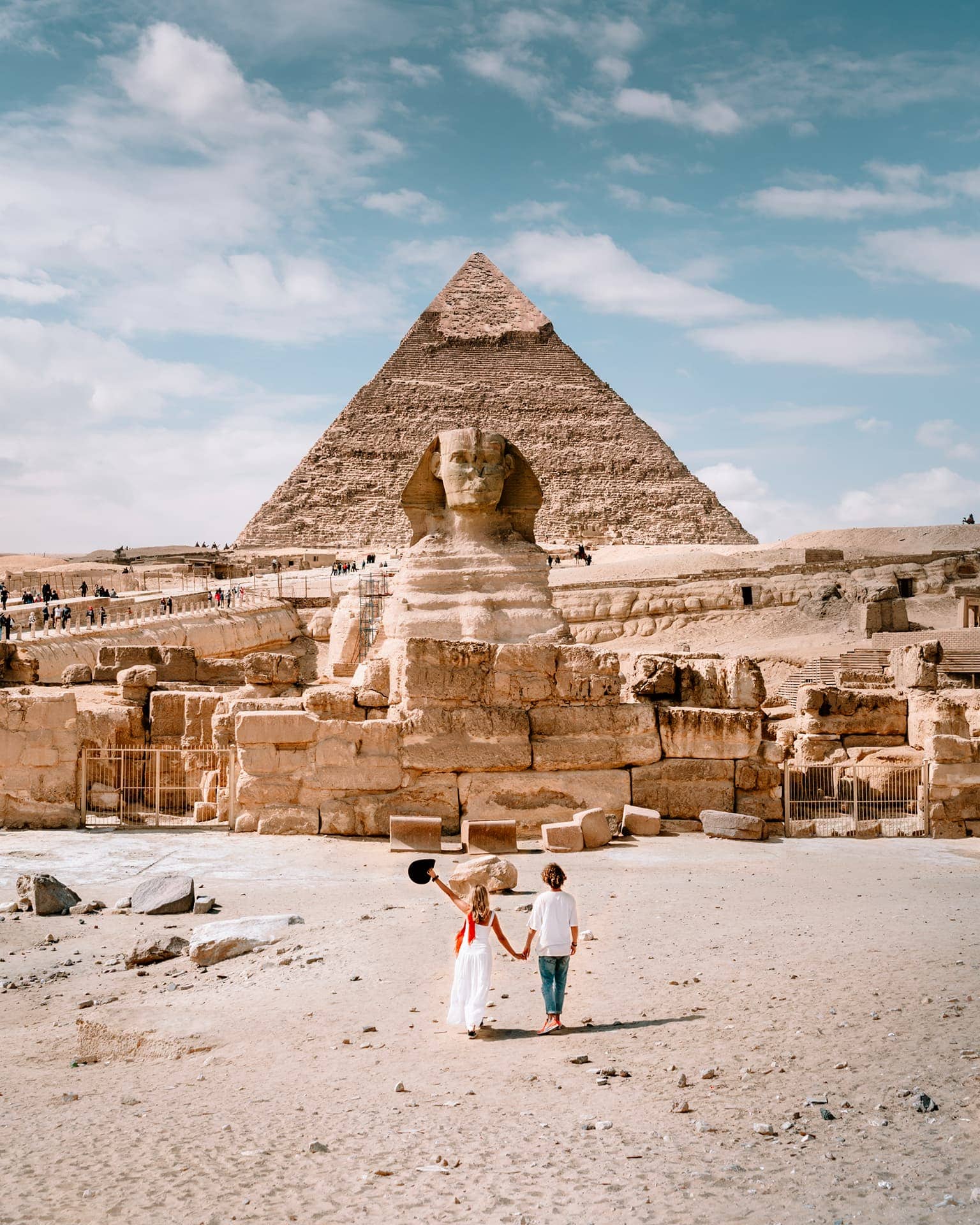The Pyramid Complex of Sahure is a significant archaeological site located at Abu Sir, Egypt, constructed during the Fifth Dynasty of the Old Kingdom (circa 25th century BCE). It was built for Pharaoh Sahure (also known as Neferirkare Kakai), the second ruler of the Fifth Dynasty, and represents a pivotal development in pyramid architecture and funerary practices during ancient Egypt's history.
The complex consists of several key components:
1. **Pyramid**: The primary structure of the complex is Sahure's pyramid, which was originally around 47 meters (154 feet) in height. The pyramid was built using limestone blocks and had a core structure that was likely encased in smooth limestone casing stones, giving it a polished appearance.
2. **Mortuary Temple**: Adjacent to the pyramid on its eastern side lies the mortuary temple. This temple was a crucial part of the complex and served as the focal point for rituals honoring the deceased pharaoh. The mortuary temple contained various chambers, halls, and courtyards where priests and officials conducted offerings and ceremonies. Scenes carved on the walls depicted important events from Sahure's reign, religious rituals, and offerings to deities.
3. **Causeway**: A covered causeway linked the mortuary temple to the valley temple located near the Nile River. The causeway was decorated with reliefs and inscriptions depicting scenes of Sahure's journey to the afterlife and the rituals performed along the way.
4. **Valley Temple**: Situated at the edge of the Nile floodplain, the valley temple served as the main entrance to the complex from the river. It likely featured a landing stage or quay where boats could dock during funeral processions. The valley temple was where the pharaoh's body was received before being transported to the mortuary temple.
5. **Subsidiary Structures**: Surrounding Sahure's pyramid were smaller pyramids called satellite or subsidiary pyramids, which were likely intended for the burial of royal family members or high-ranking officials associated with the pharaoh.
The Pyramid Complex of Sahure exemplifies the architectural and religious significance of pyramid complexes during the Old Kingdom. These complexes were not only monumental tombs for the pharaohs but also served as centers for the pharaoh's cult and the perpetuation of their divine kingship in the afterlife. The layout and design of the complex were carefully planned to align with religious beliefs and cosmological principles, reflecting the ancient Egyptian worldview centered around the pharaoh's role as a mediator between the gods and humanity.
Today, while much of the complex has suffered from the effects of time and quarrying activities, ongoing archaeological investigations continue to uncover new details about Sahure's pyramid complex and its role in ancient Egyptian funerary practices and religious beliefs. The site remains an important area of study for understanding the cultural, religious, and architectural achievements of the Old Kingdom period in ancient Egypt.
 English
English











